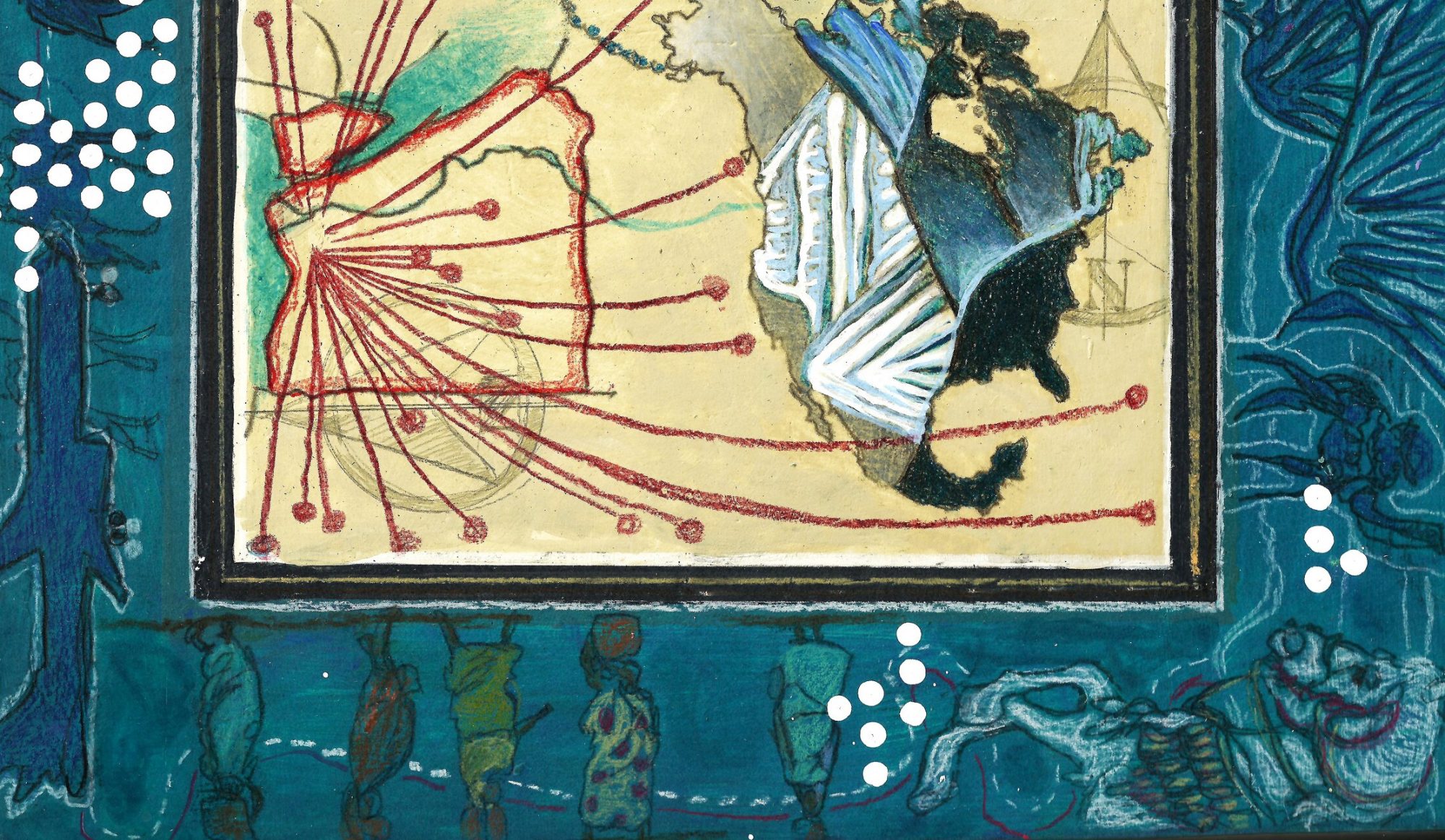Afterglow
I first saw this painting at the AGO, at a 2009 exhibit of works by Hunt and other Pre-Raphaelites. I didn’t need to read its title to know that it was a painting of an Egyptian woman; even from across the room I felt a kind of recognition in it. That feeling is so rare! It stuck with me for years, until I started
researching this project, and then I stumbled across this quote from a critical text written not long after the painting was first created (in the mid-1800’s). I had seen this painting, and thought I saw some part of myself in it– but the man who painted it and his contemporaries didn’t see that at all. They didn’t even see a person. They barely even saw an animal. I had looked into a mirror of sorts and had my reflection inverted into something monstrous, forcing me to see that in myself, too.
The integrity of the borders of your own self-definition are at stake when you try to write about your own body as theory. If this was an example of ‘good’ representation, then what does it look like when it’s ‘bad’?
Signatories
signatories video hi res from Pansee Atta on Vimeo.
(click to view full size)
Who actually gets to own their own signature, to speak directly to their identity in this way? To get a name that’s yours, that you own, that contains your own history and the history of your kin?
I don’t know if my mom would classify keeping her ‘maiden name’ as a feminist act: I don’t want to diminish her capacity in this regard, but it’s a common enough practice for Muslim women. There’s some pretty extensive sunnah behind it. That doesn’t actually matter though. What matters is that regardless of her thoughts on the matter, this was illegible as a feminist act as far as the well-meaning
White troop leader was concerned.
Though the practice may be common, its signification in this context makes both the name and
its owner invisible. Having your actions understood as the intentional choices of an independent agent is a luxury granted only to those whose identities aren’t defined by their silence.
Orientalism
Unveiling / Invisibility
What does it mean to study through one’s body? To understand the subject of one’s study through the
experience of one’s own particular combination of heart, brain, and viscera? What can it mean, then, when that same body is an overwrought cultural battleground, the concealment and revelation of which is demanded in turn, sometimes by the same parties?
You can’t please them all. You probably can’t please any of them. But maybe you can please yourself, or at least make it easier on yourself in the long run if you make something you can recognize yourself in, for a change.
















